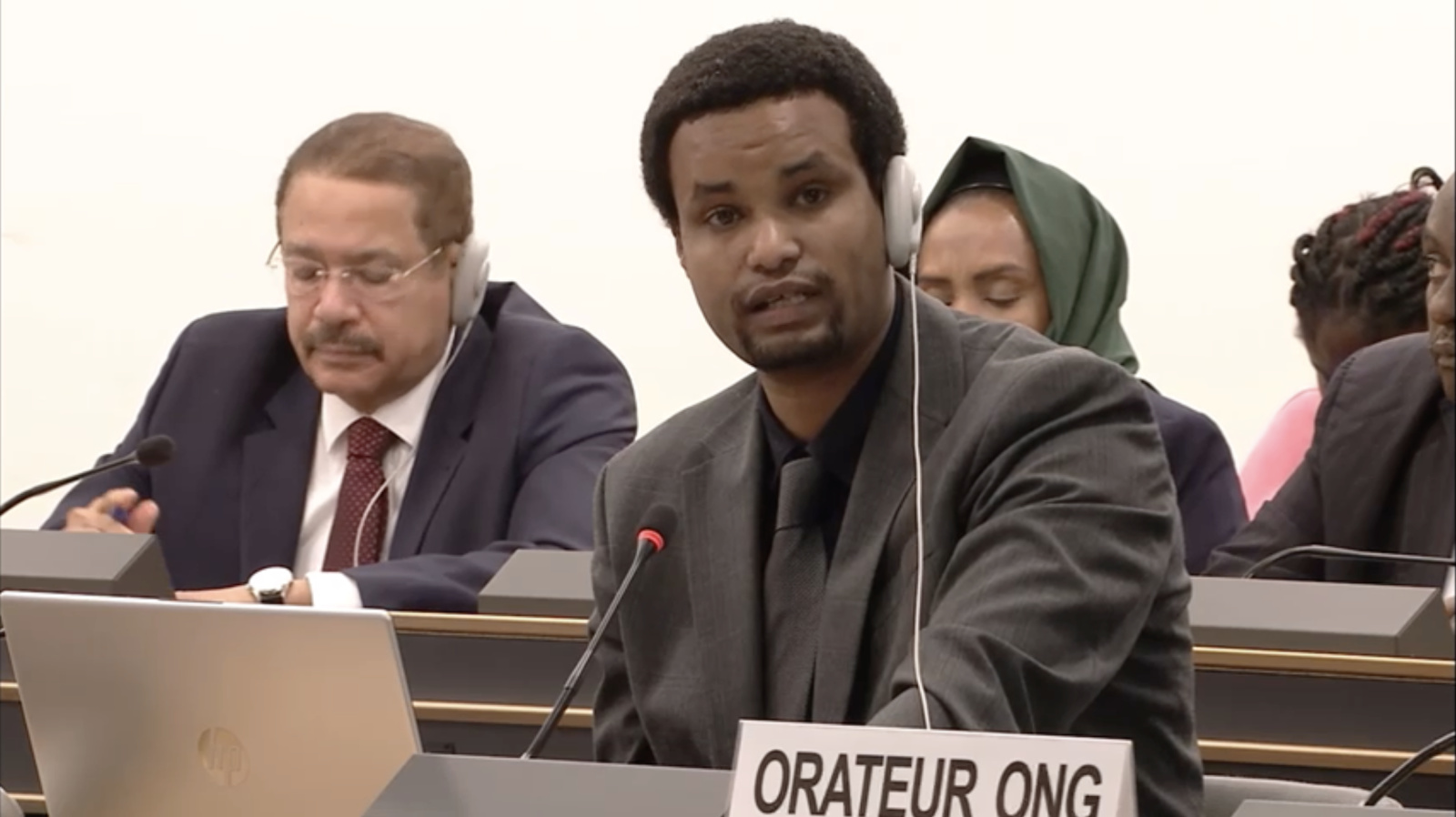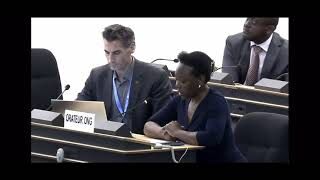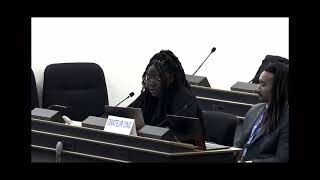International Day of United Nations Peacekeepers
29 May
Image source: Pexels https://www.pexels.com/photo/un-armored-vehicle-in-urban-conflict-zone-30541596/
By Ahmed Wahbi / GICJ
Why the World Marks the Day
Blue helmets signal collective security. On 29 May each year the United Nations honours every civilian, police officer and soldier who serves under its flag and remembers colleagues who fell while on duty. The General Assembly instituted the observance in 2002 and selected 29 May because the first UN operation, the United Nations Truce Supervision Organisation, deployed on that date in 1948. More than two million personnel have served in 71 operations since that moment. Today over 76,000 peacekeepers from more than 120 countries uphold Security Council mandates in eleven missions that face complex theatres and constrained resources.
2025 Theme: The Future of Peacekeeping
The Department of Peace Operations set “The Future of Peacekeeping” as the guiding idea for the 2025 observance. The choice marks a shift away from post-Cold-War templates towards agile, technology-aware operations able to counter hostile propaganda, urban combat and cross-border crime at speed. Missions now demand mobile medical evacuation, satellite feeds, secure data links and reliable airlift instead of distant static observation posts. This renewal process will advance at the Peacekeeping Ministerial in Berlin, where delegations will match pledges with capability gaps identified by the Secretariat, for example casualty care, all-female police units and rapid deployment formations. The theme therefore links political intent with concrete resources and calls for an integrated model that starts with preventive diplomacy, listens to local communities and deploys tailored capabilities to reduce harm and shorten conflicts.
Operational Shifts and New Hazards
Recent policy papers underline three priorities. First, mandates must align with realistic political strategies rather than broad wish-lists. Second, missions need specialised technology such as unarmed drones, satellite feeds, and data dashboards, which improve situational awareness without relying on heavy firepower. Third, protection of civilians requires early warning, frank human rights reporting, and community liaison that places women and youth at the heart of decision cycles.
Fatality statistics confirm the danger. By the end of 2024, 4,430 peacekeepers had lost their lives since 1948 and twenty-six more died in 2024, five due to hostile acts. Each casualty highlights the need for armour, medical evacuation, and intelligence support that keep pace with threats.
UN Reform Agenda: Action for Peacekeeping Plus
Action for Peacekeeping Plus (A4P+) advances eight shared commitments: sound political foundations, woman and youth participation, high performance standards, safety and security, clean conduct, coherent peacebuilding, modern technology, and respect for the environment. Field missions now pilot solar grids, smart sensors and electronic casualty tracking. Quarterly progress reports document improvements in convoy discipline and gender balance. The latest update notes that women constitute 8.2 percent of military contingents and 23.29 per cent of staff officers and observers, a trend that broadens mission legitimacy.
Case Study: Mali after MINUSMA
Security Council Resolution 2690 (2023) closed the United Nations Multidimensional Integrated Stabilization Mission in Mali (MINUSMA). The Council instructed the mission to withdraw its nearly 13 000 uniformed personnel and almost 1 800 civilians by 31 December 2023. Convoys encountered small-arms fire near Tessalit and Ber, and one UN aircraft sustained damage during landing. The departure removed a stabilising presence that had monitored ceasefire lines and mediated local disputes. Security Council press statements that followed in January 2024 expressed concern over renewed attacks against civilians in central and northern Mali.
The Mali closure elucidates several lessons. Consent from the host government cannot substitute for genuine partnership with affected populations. Without parallel diplomatic engagement and development finance, a mission exit may leave a vacuum that armed groups exploit. Future mandates must include clear transition benchmarks, resource transfer arrangements and regional security support to prevent relapse into violence.
GICJ Position
Geneva International Centre for Justice (GICJ) affirms the primacy of human rights within every United Nations peace operation. Blue helmets gain legitimacy only when they protect civilians without discrimination and respect international humanitarian and human rights law. Troop-contributing States bear responsibility for rigorous vetting and pre-deployment training. The Security Council must ground each mandate in achievable political goals and allocate resources that match tasks. Host governments must permit independent investigation of violations and uphold status-of-forces agreements.
GICJ supports concrete commitments at the Berlin Ministerial that strengthen casualty evacuation, broaden gender representation, safeguard digital data and sustain post-mission peacebuilding offices. Such measures translate the theme “The Future of Peacekeeping” into credible practice that guards dignity and advances lasting peace.
#GenevaInternationalCentreforJustice #GICJ #UNPeacekeepersDay #FutureofPeacekeeping #BlueHelmets







